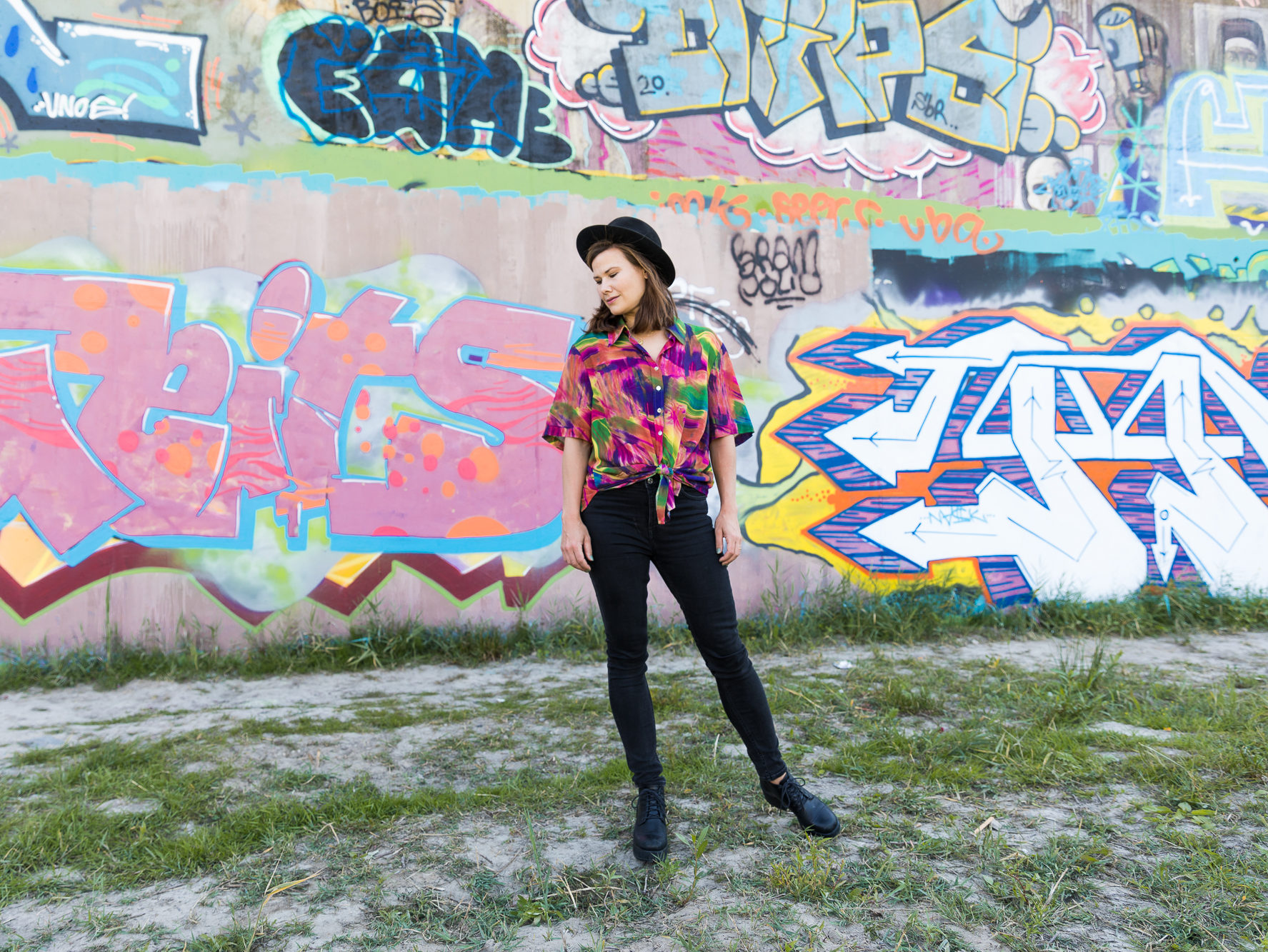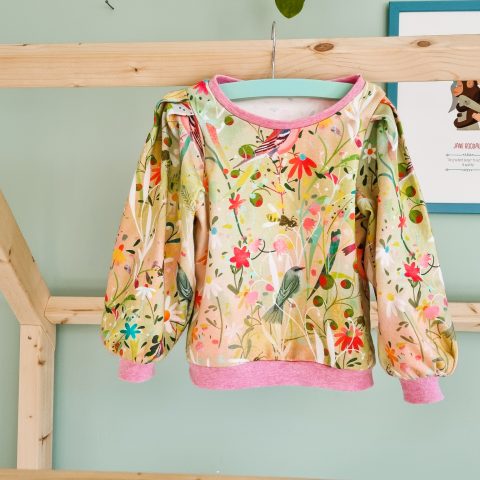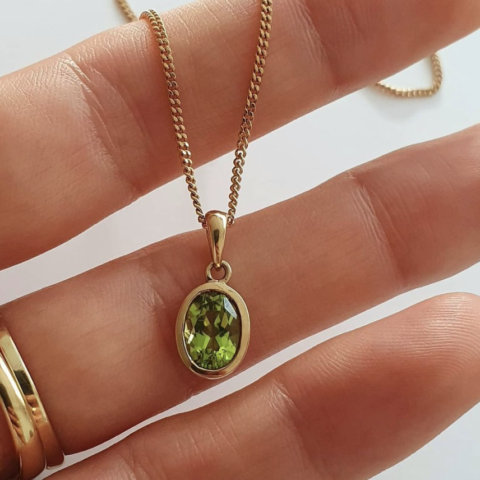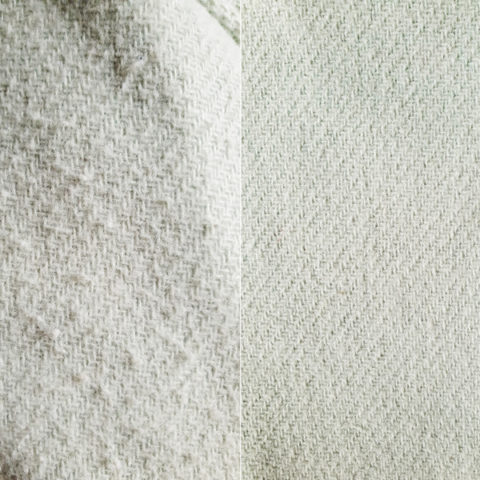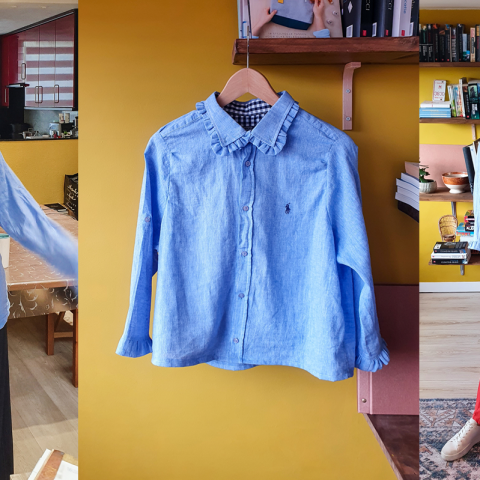When I look through the well curated windows of a Zara store, it makes me think of a scene in the Disney movie The Little Mermaid. While Ariel longingly looks at all the stuff she gathered of the human world, she muses: “I don’t see how a world that makes such wonderful things, can be bad.”
The clothes look so pretty. For just €30,- they can make me feel like a whole new person. In this world it’s easy to forget someone’s paying the price for all this ease, beauty and abundance. According to The Guardian “less than 2% of clothing workers globally earn a fair living wage, with most trapped in systemic poverty at almost every stage of the long and shadowy supply chains.” Budget fashion giant Boohoo recently got embroiled in allegations of ‘modern slavery and human trafficking’ and of not providing workers with protection against coronavirus. This is just one of the many scandals that has popped up in the last decades. On top of this, fashion is one of the world’s most wasteful and polluting industries.
If we stay in Disney terminology, yes, a world that makes such wonderful things, can be bad. Most of us know that by now. So why do we keep purchasing their stuff?
It’s a combination of the mind games that the majority of fashion stores actively plays with you so you’ll spend more time and money in their store. And it’s our own complicated psyche. I’ll come back to the latter in another blog.
I’m not saying fashion stores are villains and we are mere victims. They’re doing an excellent job seducing us. But it’s an unfair game, because most of us are unaware of the rules they play by. If you know their mind games, it’s easier to recognise them and let go of your shopping cravings.
1. The illusion of scarcity
There’s an endless supply of cheap clothing, shoes and jewellery. Worldwide we consume more than 80 billion items of clothing each year. So how come you regularly feel if you don’t buy THIS pair of sneakers NOW, you’ll NEVER ever see it again.
Fashion stores drop capsule collections, exclusive collaborations and dozens of new fast moving collections during the year. Think about Nike x Comme des Garçons or H&M X JUSTIN BIEBER. These “exclusive” collections create the illusion of scarcity and put your brain in a hamster mindset: stock up now before it’s gone! This resulting in impulsive purchases you’ll end up regretting.
2. Discount messes with your brain
I feel like these days it’s never not sale. It makes you start to think you’re getting ripped off when you pay the full price for a sweater.
Discount is one of the most commonly used fashion tricks used to get you to buy more. Research shows that the price of a product plays with our emotions. Discounts puts the rational part of our brain to the sideline to make way for impulsive decisions. And this shows; consumers spend 80 percent more money in outlet stores compared to regular stores.
If it seems to good to be true, it usually is.
Here’s the wry part: you think you’re picking up a bargain, but many brands advertise discount clothing to sell lower quality products of the same brand. Think of a Nike outlet store: you purchased Nike clothing with discount, but what you’re actually buying is clothing manufactured for the discount stores. They’re inherently made cheaper and at a lower quality.
Unfortunately this is a common trick of the fashion industry. Remember this the next time you’re tempted to buy clothing for sale: if it seems too good to be true, it usually is.
3. Endorphins make you want to buy more
Research shows shopping releases endorphins and mood-boosting chemicals. I know this by heart, literally. I could have this euphoric rushed feeling, fitting piles of clothes. Stores know this too, so they try to make you spend as much time as possible in their store. The longer you ride the endorphin wave, the more you buy to stay in this state of happiness.
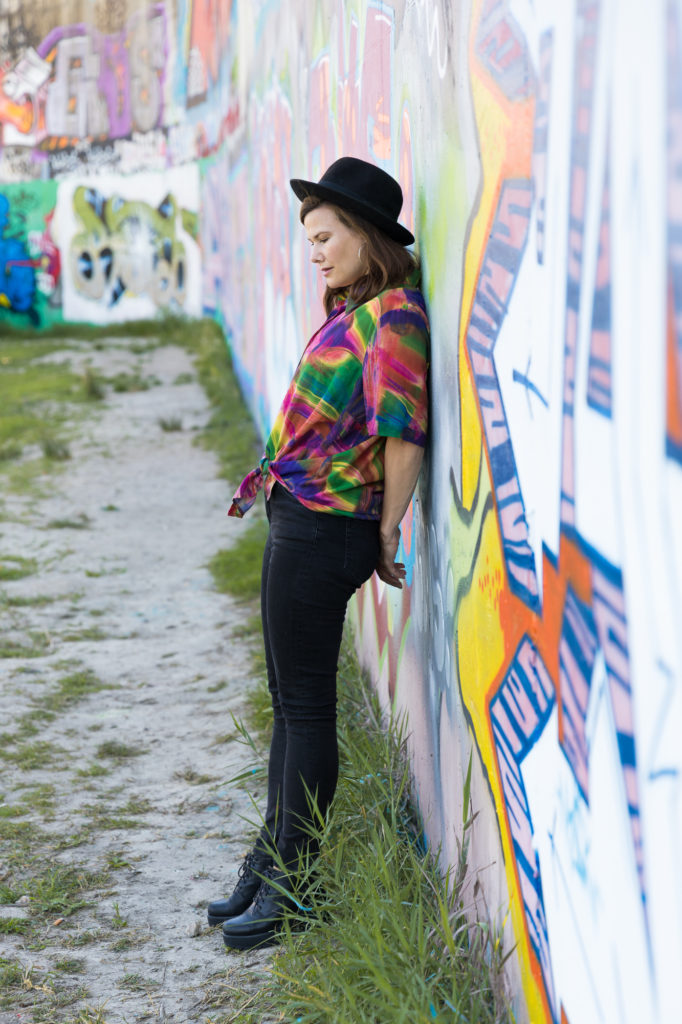
Fashion stores have developed sophisticated strategies to influence your movement patterns. In the front of the store you’ll always find the most expensive “on trend” clothes. Marketeers hope you find yourself falling in love with those pieces so you’ll walk into the store. And so the journey begins.
Fashion stores combine shining surfaces, scents and sexy songs into an intoxicating elixer that makes you want to buy their stuff
If you’re looking for cheaper basics and bargains, they’re at the farthest parts of the stores. On your way to these corners you’ll probably find a skirt, shoes and a handbag of the new collection that you spotted in front of the store. At the cash register you’ll find small, cute cheap items like panty’s, hairbands, earrings and socks. Great to pick up during your shopping high. They’re like the candy and chocolates at the cash register at the supermarket.
4. Shiny surfaces, scents & sexy songs
Have you ever bought something that looked and felt so high end, so cool in the store. But at home in normal lightning it suddenly seemed cheap. Don’t blame yourself. Fashion stores are a master in combining shining surfaces, scents and sexy songs into an intoxicating elixer that makes you want to buy their stuff.
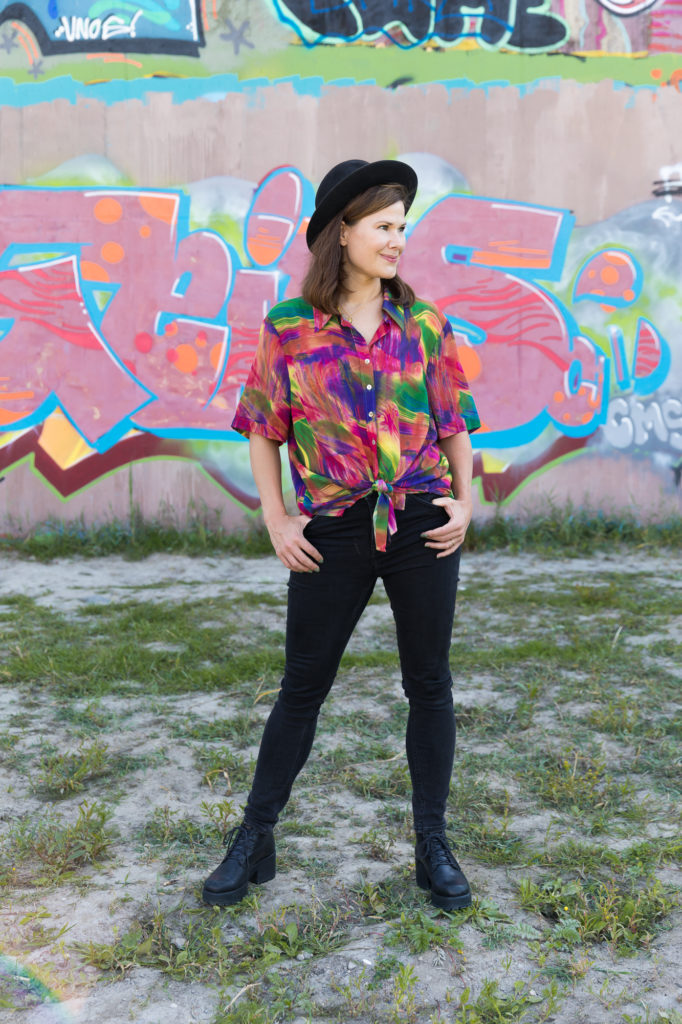
Ever wondered why fashion stores are so bright and reflective? It makes your brain think whatever is inside there is worth your money. That catchy pop song is selected not only because it sounds good, but because research shows it causes you to stay longer and make impulse purchases. And that lovely scent you smell that makes you feel fuzzy and warm? It’s selected for releasing those wonderful endorphins so you’ll end up spending more money.
It’s not normal to buy clothes that are made to fall apart
It’s a science in itself, almost admirable, but kind of fucked up when this high level of seduction is used to promote products from an exploitive and polluting industry.
5. Designing clothes that feel disposable
It’s almost admirable how fashion stores have convinced us it’s completely normal that clothing rips, shrinks or tears after a dozen wears. A lot of consumers don’t see this as a waste of their money anymore. They just go back to buy the same poorly made item. After all, it was just 10 euros, what’s the big deal?
Take a walk, wait for five or ten minutes and the craving fades
The big deal is many fast fashion companies deliberately design their clothes to fall apart. You’re walking around in poorly made clothes and end up spending more money on copies of the same low quality items, instead of buying one fairly made quality piece (new or secondhand) that makes you feel and look good. You deserve the latter.
Repeat to yourself: It’s not normal to buy clothes that are made to fall apart.
Observe your emotions
So what to do with all this information? You could get really angry, blaming these brands for making you buy their clothes over and over again, shaking your fists in the air shouting: ‘DAMN YOU DEVILISH FASHION COMPANIES!!’ But in the end is all op to you. Yes, these companies are masters in stirring up our shopping thrifts. But it takes two to tango.
The good news is you now know what happens to your brain once you enter these kind of stores. Observe your emotions, laugh a little about what happens and play with it. Try walking out of a store, even though your brain is screaming ‘buy, buy, buy!’. Just see how long this lasts. I can guarantee you it’s the same with fast food or chocolate. Take a walk, wait for five or ten minutes and the craving fades.
I’m at a stage I don’t walk into those stores anymore, because there’s hardly anything there I’ll find worth spending my money on. But this has taken me some time. It’s a process and being aware and observing your emotions is a very nice start.
Hat (secondhand) – Episode
Blouse (secondhand) – Het Kaufhaus
Jeans made from organic cotton – Weekday
Boots – Vagabond
